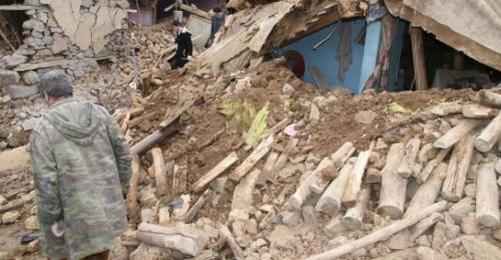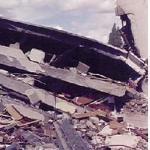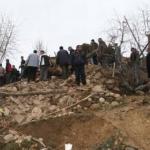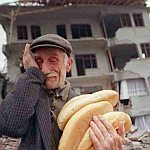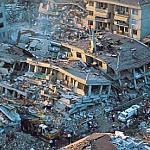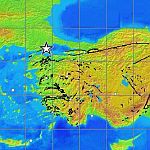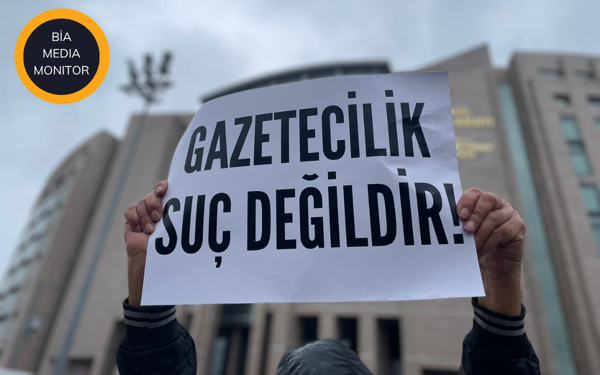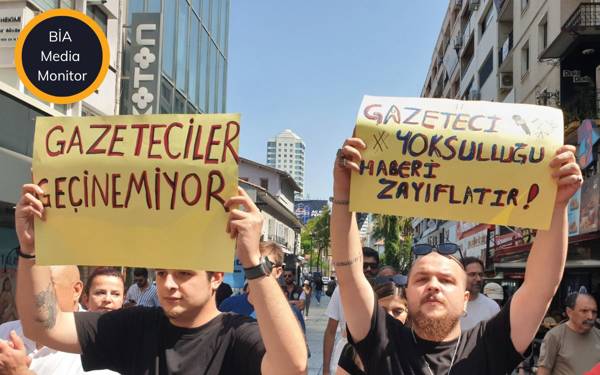An estimated 57 people died in an earthquake that rocked the province of Elazığ at 4.32 am this morning (8 March). The epicentre was in a distance of 21 km of the city of Elazığ in south-eastern Anatolia. The quake struck with the strength of 6.0 on the Richter scale.
According to information from the Bogaziçi University Kandilli Observatory and Earthquake Research Institute's web site, the epicentre was in the town of Başyurt as part of the Karakoçan County and had a depth of five km.
The Disaster and Emergency Management Presidency of the Prime Ministry announced a total of 20 casualties in the villages of Okçular, Yukarı Kanatlı and Kayalı.
Elazığ Crisis Centre: 57 casualties
As of 12.30 pm today, 57 people died in the earthquake and about 60 people were injured. Ten people are reported to be in critical condition. Elazığ Governor Muammer Erol confirmed the number of casualties and said that all villages affected by the earthquake can be reached.
NTV reporters: Village of Okçular razed to the ground
Sevda İncesu, journalist of the Turkish news channel NTV, reported that the village of Okçular was most severely affected.
"The earthquake razed the village to the ground. Many tents and hot meals were brought to the village. There are still people expected to be buried underneath the rubbles. The Gendarmerie set up a tent at the entrance of the village. People have lost their relatives. The gendarmerie supports the rescue works. People rush into the village to rescue their relatives", İncesu reported.
Prof. Dr Polat Gülkan argued that an earthquake between 7 and 8 on the Richter scale should not cause that many casualties.
Erdik: Elazığ-Bingöl fault line will cause further damage
Prof. Dr Mustafa Erdik from the Bogaziçi University Kandilli Observatory and Earthquake Research Institute said that houses with roofs made from clay were affected more severely. He argued that regarding the Tunceli-Elazığ axis, earthquakes on the Elazığ-Bingöl fault line will cause even more damage.
Prof. Erdik warned that people should not enter heavily damaged buildings since possible aftershocks may occur which might be perilous. In a press conference, Erdik said that there was no connection between the earthquakes in Elazığ and Chile. However, according to Erdik, it should be investigated whether the latest earthquake has an impact on the North Anatolian Fault or other fault lines.
Aftershocks in Palu and Karakoçan
As reported by the Kandilli Institute, a total of 34 aftershocks between 2.5 and 4.1 occurred in the towns of Palu and Karakoçan after the main quake. The impact of the earthquake could be felt in Elazığ and furthermore in the cities of Malatya, Tunceli, Erzurum, Bingöl and Diyarbakır.
Ministers on their way to visit the region
State Minister and Deputy Prime Minister Cemil Çiçek, State Minister Cevdet Yılmaz, Minister of Public Works and Settlement Mustafa Demir, Health Minister Recep Akdağ and several members of parliament set out to the earthquake region for an investigation of the situation. (EÖ/VK)





